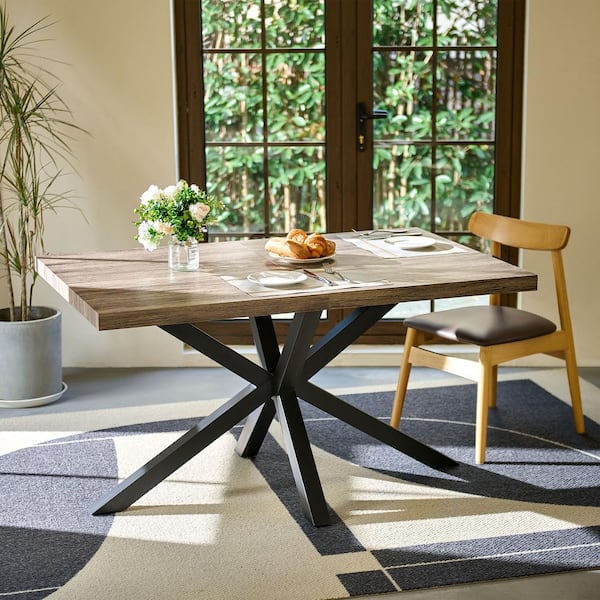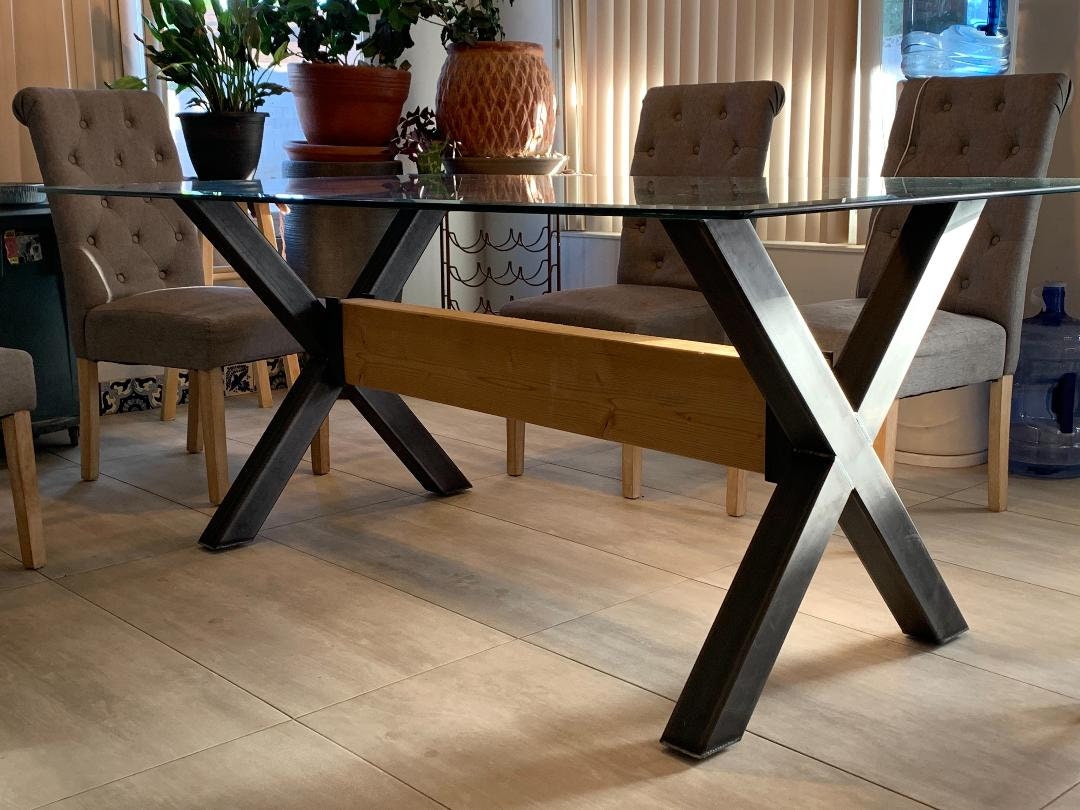Update Your Table's Appearance with Decorative Dining Table Legs Wood Styles
Update Your Table's Appearance with Decorative Dining Table Legs Wood Styles
Blog Article
Exploring the Various Types of Eating Table Legs Wood for Your Dining Area
The selection of eating table legs wood can profoundly influence both the aesthetic and useful top qualities of your dining area. Solid wood alternatives, such as oak and walnut, offer a traditional appearance with unrivaled toughness, while crafted timber alternatives supply innovative styles that resemble the richness of all-natural grains. Furthermore, the expanding fad of redeemed wood presents a sustainable aspect that interest environmentally mindful customers. As we explore these numerous options, it comes to be vital to take into consideration not only the visual appeal but also the functional effects of each material choice. What elements should direct your decision?
Solid Wood Options

Unlike engineered materials, strong wood is less susceptible to bending and damage over time when appropriately kept. Each piece of solid timber is one-of-a-kind, showcasing individual qualities that include to the beauty and character of the dining table.
In addition, strong timber can be ended up in countless means, ranging from natural oils to tarnished surfaces, permitting home owners to individualize their furniture to match their design. In summary, picking strong wood for eating table legs not only makes certain structural integrity but also boosts the visual allure of the eating area, making it a beneficial investment for any home.
Engineered Wood Alternatives

Plywood, constructed from several layers of wood veneer, is particularly solid and stable, making it an excellent option for dining table legs. Its layered composition enables it to endure changes in moisture and temperature level much better than typical strong wood. MDF, on the other hand, uses a smooth surface area for paint or veneering, enabling designers to attain a polished appearance while keeping structural integrity.
Particleboard, commonly made use of in economical options, provides decent toughness and is lightweight, making it simpler to take care of. However, it may not be as sturdy as plywood or MDF. When choosing engineered timber options, it is necessary to think about the desired usage and desired aesthetic. These materials not just boost the functionality of dining rooms but additionally permit higher layout flexibility, guaranteeing that standard look what i found and modern designs can exist together harmoniously.
Reclaimed Wood Includes
Reclaimed timber uses a special blend of sustainability and personality, making it an increasingly prominent choice for dining table legs. Sourced from old barns, manufacturing facilities, and other frameworks, recovered timber personifies a background that new materials simply can not reproduce. Each piece brings its own story, marked by distinctive blemishes, knots, and differing grain patterns, which add to a table's one-of-a-kind aesthetic appeal.
Along with its visual beauty, recovered timber is an eco-friendly option. By repurposing formerly made use of materials, it lowers the demand for new lumber, thus assisting to preserve woodlands and lessen waste. This aligns with a growing consumer choice for sustainable practices in decor.
Moreover, reclaimed timber is often a lot more sturdy than freshly gathered timber due to its age. The all-natural drying out procedure that reclaimed timber undergoes outcomes in a denser and more powerful product, making it less susceptible to bending and splitting. This boosts the longevity of dining tables, allowing them to endure the rigors of everyday use.
Softwood vs. Hardwood
When picking eating table legs, comprehending the distinctions between softwood and wood is vital for achieving both aesthetic and functional objectives. They typically display an even more rustic appearance, making them ideal for country-style or informal dining spaces.
On the various other hand, woods, sourced from deciduous trees like oak, maple, and cherry, are renowned for their density, strength, and sturdiness. The elaborate grain patterns and abundant colors of hardwoods give a classic and innovative allure, making them perfect for formal dining setups. While woods tend to be a lot more pricey and much heavier, their strength against damage frequently warrants the investment.
Inevitably, the choice in between softwood and hardwood for eating table legs need to align with your style vision, usage needs, and budget, making certain that your eating space shows your personal design while staying useful over time.

Treatments and coatings
The aesthetic charm and longevity of dining table legs can be considerably boosted through different finishes and therapies. These procedures not just shield the timber from damage yet additionally elevate its appearance, allowing it to match diverse interior designs.
One usual treatment is staining, which penetrates the timber and improves its all-natural grain while including color. Spots supply an abundant, stylish appearance, making it possible for homeowners to match their furniture with existing style. Alternatively, clear finishes such as polyurethane or read this varnish produce a protective layer without changing the wood's original shade, making certain longevity versus wear and tear.
In addition, all-natural oils, like tung or linseed oil, nourish the wood and use a subtle luster, all while being environmentally friendly. These oils allow the surface area to take a breath, preventing wetness build-up and potential warping.
For those seeking a rustic appeal, weathered or troubled finishes can be put on create an aged appearance, including personality to the piece. Ultimately, the selection of therapies and finishes depends upon individual choice, desired aesthetics, and the certain timber kind, making it important to think about these elements when picking table legs for your space.
Verdict
Solid woods, crafted alternatives, and reclaimed options each deal distinctive benefits, providing to visite site different choices and demands. Ultimately, the choice of wood type ought to align with preferred style, resilience, and ecological considerations, boosting the general dining experience.
The choice of dining table legs wood can profoundly influence both the visual and functional qualities of your dining room - Dining Table Legs Wood. Solid timber alternatives, such as oak and walnut, offer a traditional look with unmatched resilience, while crafted timber choices offer cutting-edge designs that mimic the splendor of all-natural grains. Strong wood uses a timeless high quality that can elevate the total design of an eating room. Each piece of solid timber is special, showcasing individual attributes that include to the charm and personality of the dining table
Moreover, redeemed timber is frequently much more resilient than freshly gathered wood due to its age.
Report this page